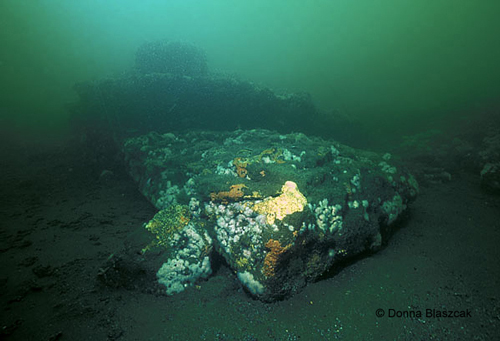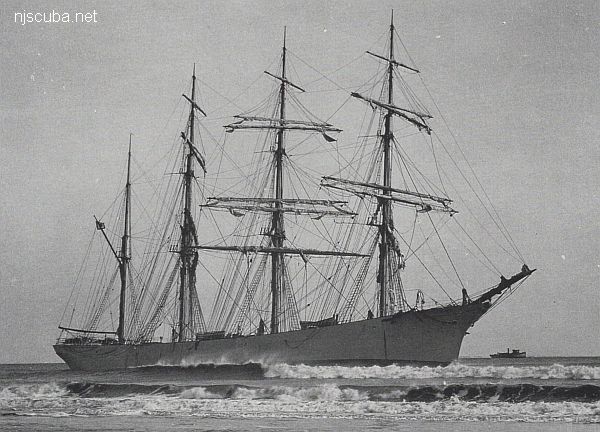15.6 Nautical Miles off Manasquan
Depth: 120-140 ft [download]
More: Shark River Artificial Reef ...
More: New Jersey Dive Sites ...
15.6 Nautical Miles off Manasquan
Depth: 120-140 ft [download]
More: Shark River Artificial Reef ...

The Shrewsbury Rocks are a wide area of rocky bottom that stretches from fourteen feet of water out to the fifty-foot mark off of Monmouth Beach. Some of the formations are twenty feet tall or more and can be very pretty under good conditions, which are unfortunately seldom this far north. The stone itself is a type of sandstone known as Greensand.
More: Shrewsbury Rocks ...
wooden, alternately buried and exposed
More: Simala ...

More: Sindia ...
A large steel wreck, partially intact.
Possibly the remains of the Kennebec.
More: Southern Lillian ...

More: Stolt Dagali ...